
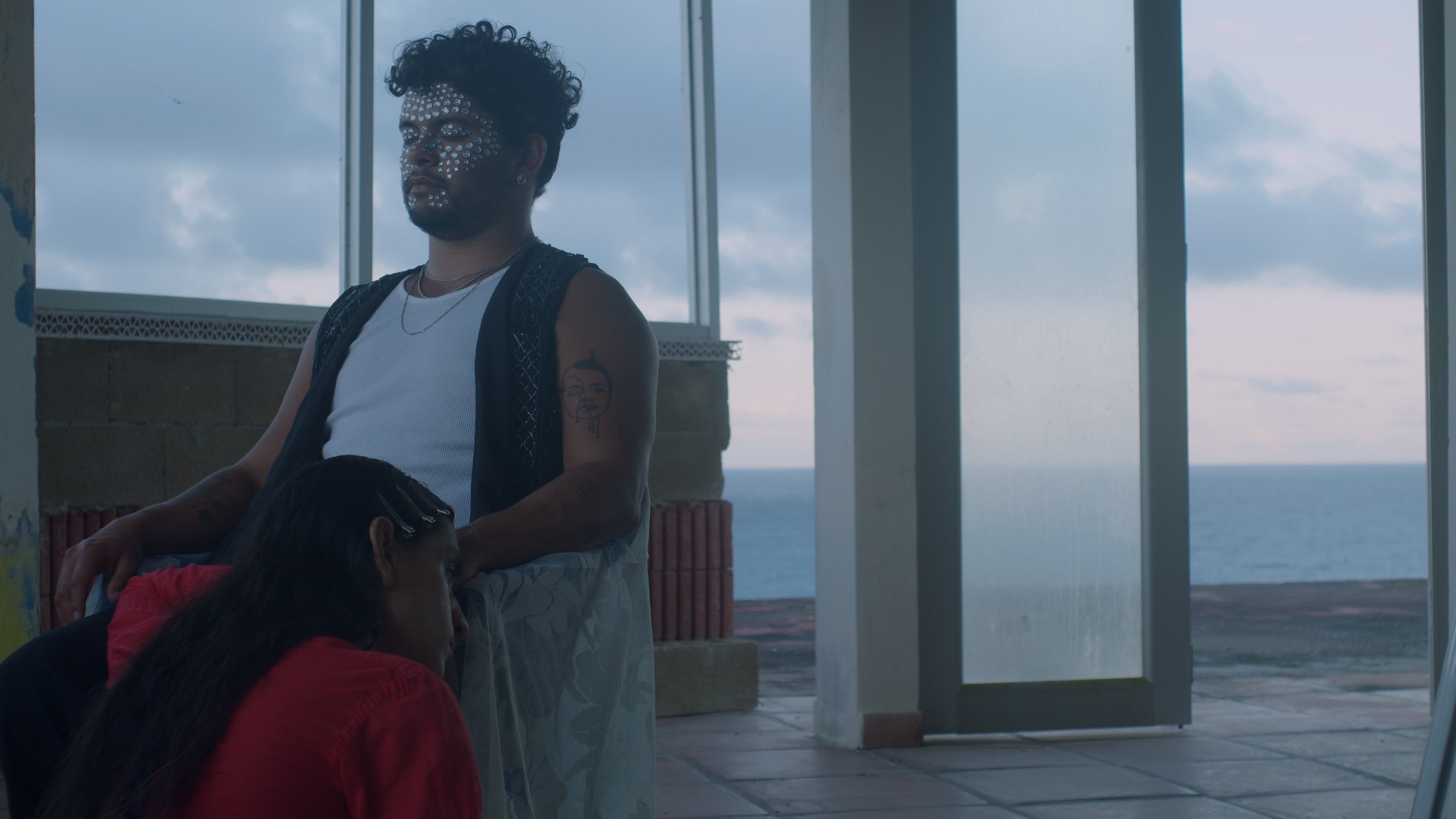

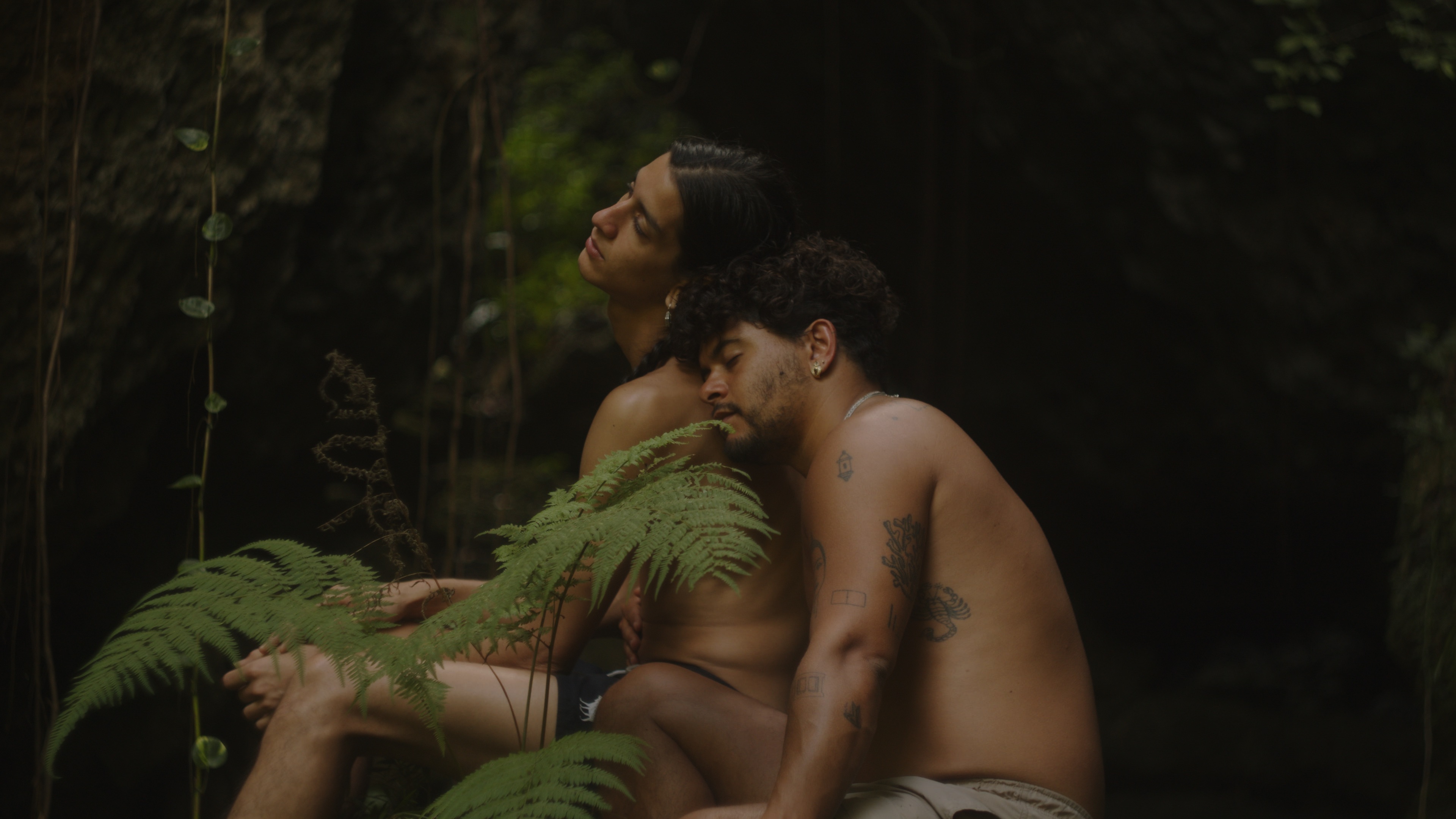
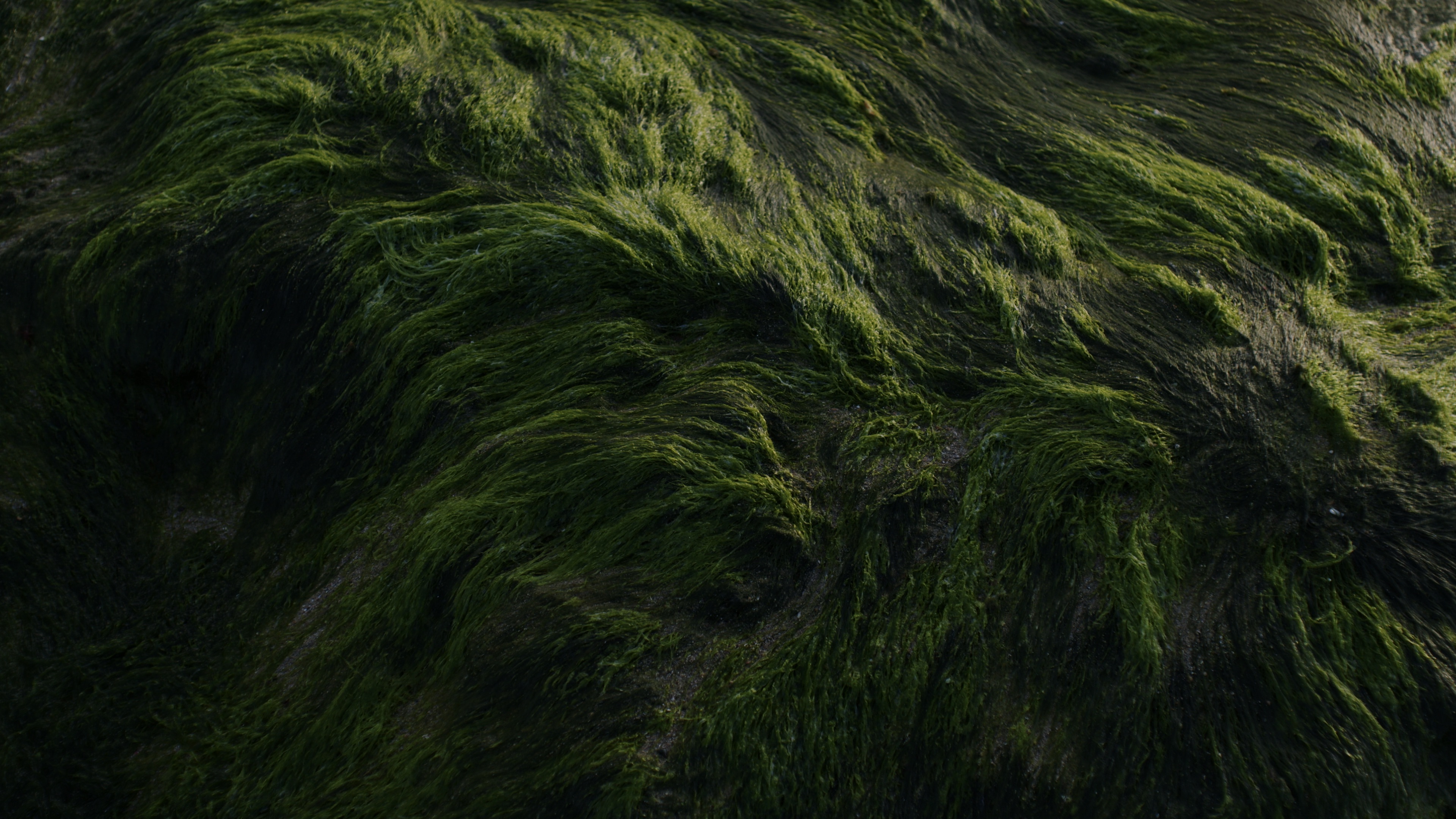
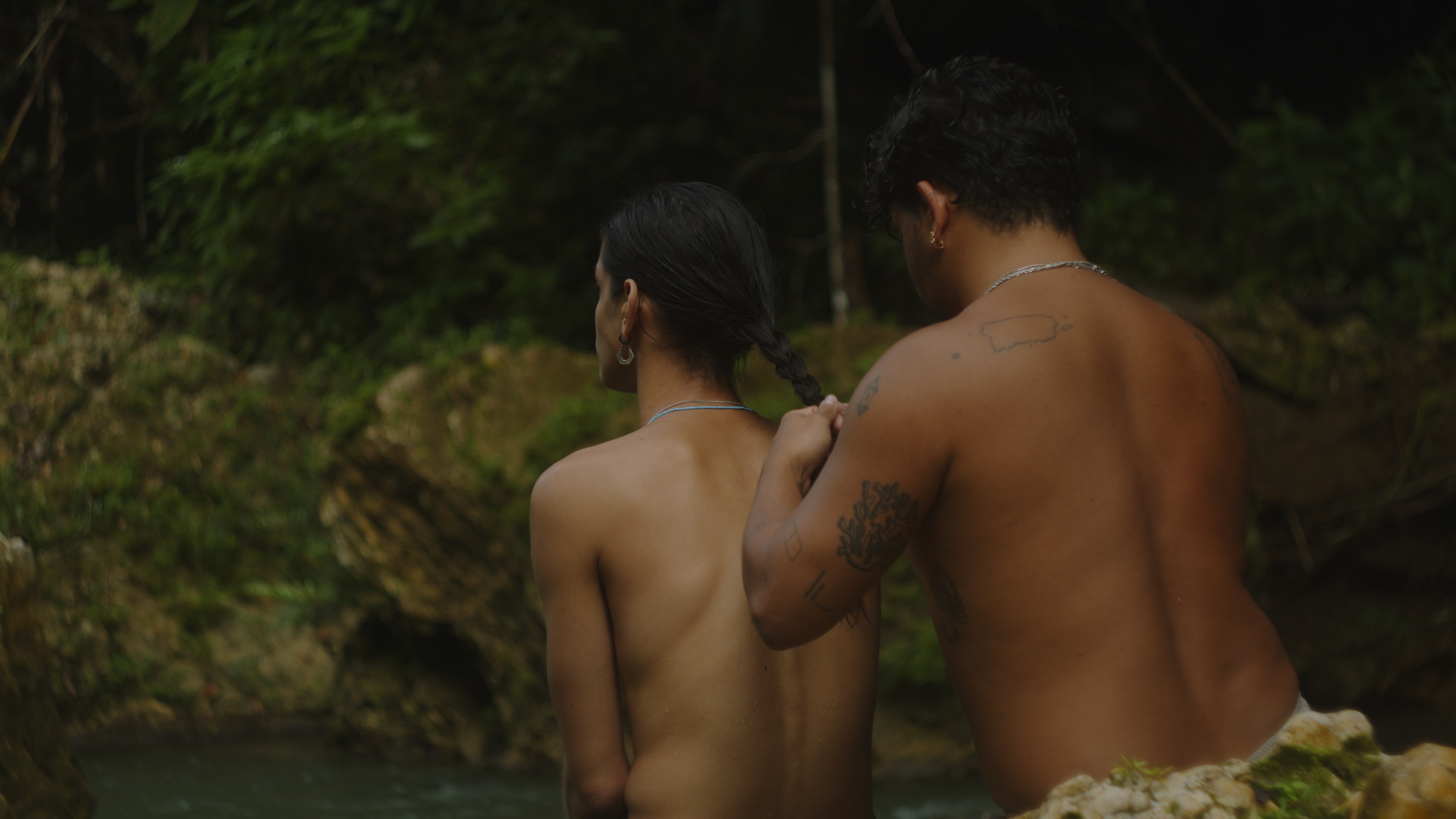

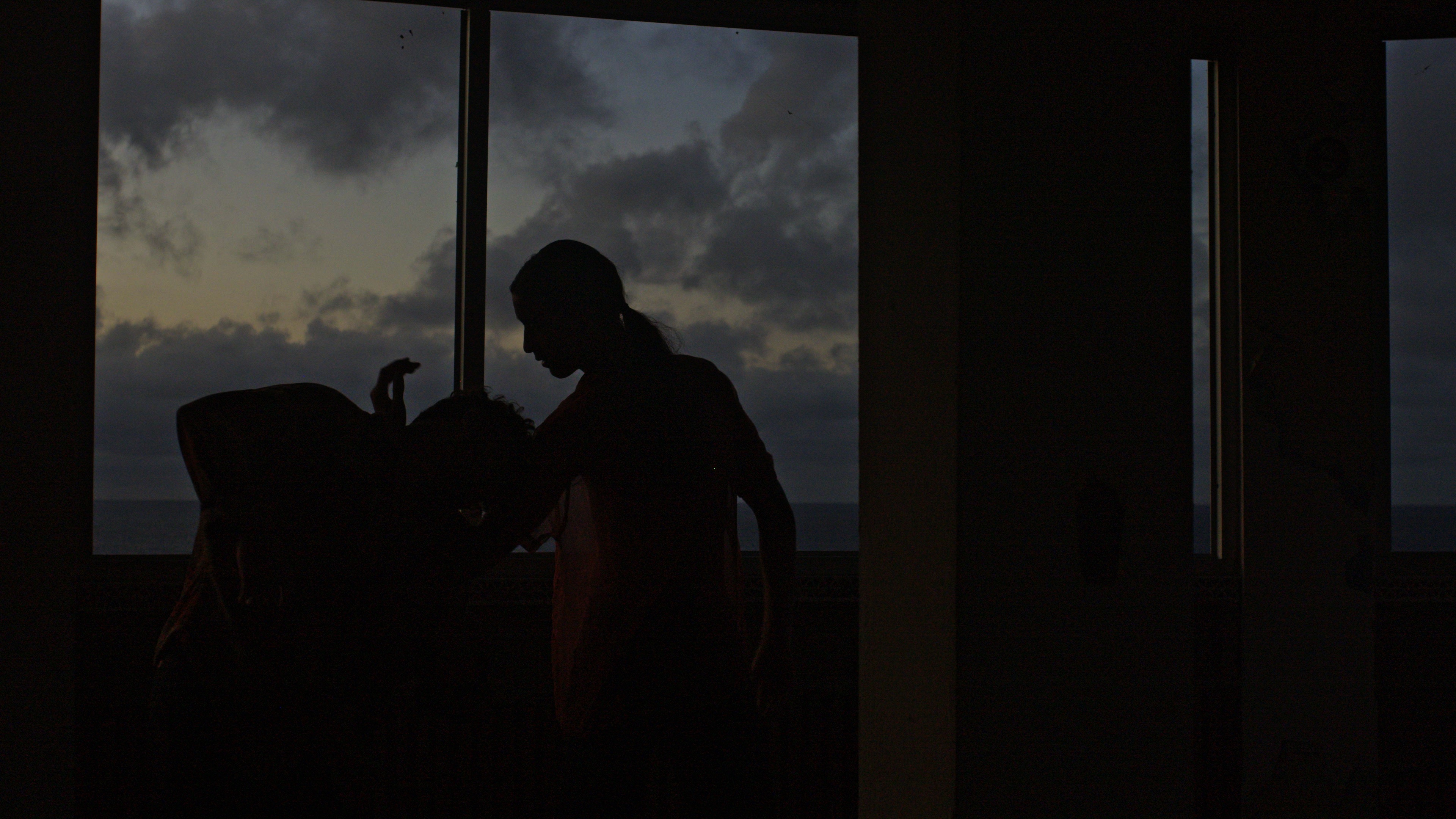


Without Goodbyes, 2024
Materials:
2 channel video installation, 18mins
Director:
GeoVanna Gonzalez
Cinematographer:
Juan Luis Matos
Producer:
Sotiris Tsiganos
Performers:
Angel Blanco
Rafael V. Cañals Pérez
Music:
GGST
Sound Engineer:
Ian Mercel
Shows:
Solo Exhibtion,Hallwalls, Buffalo, New York, 2024
Commissioned by:
Hallwalls Contemporary Arts Center and made possible, in part, with support from The Andy Warhol Foundation for the Visual Arts, Margaret L. Wendt Foundation, Amy and Julio Alvarez-Perez, Dome Art Advisory, M&T Bank, and Erin County State of New York.
Materials:
2 channel video installation, 18mins
Director:
GeoVanna Gonzalez
Cinematographer:
Juan Luis Matos
Producer:
Sotiris Tsiganos
Performers:
Angel Blanco
Rafael V. Cañals Pérez
Music:
GGST
Sound Engineer:
Ian Mercel
Shows:
Solo Exhibtion,Hallwalls, Buffalo, New York, 2024
Commissioned by:
Hallwalls Contemporary Arts Center and made possible, in part, with support from The Andy Warhol Foundation for the Visual Arts, Margaret L. Wendt Foundation, Amy and Julio Alvarez-Perez, Dome Art Advisory, M&T Bank, and Erin County State of New York.
Without Goodbyes is a meditative, nonlinear film that explores the fragile tension between what fades and what endures. Set in Camuy, Puerto Rico—Gonzalez’s ancestral home—the story follows two queer protagonists as they navigate personal loss, inherited memory, and cultural ritual.
Rooted in lived experience, the film considers how memory both disintegrates and persists—within individuals, families, and cultural history. It challenges traditional modes of remembrance by examining Puerto Rico’s evolving mourning practices, especially the practice of displaying embalmed bodies as if still alive, and how this alters the way people experience grief.
Spiritual inquiry runs alongside the emotional journey. Drawing on espiritismo and Afro-Caribbean cosmology, the film invokes the presence of Yemayá—a guiding force of water, memory, and maternal protection. The characters’ search for meaning unfolds not only through grief but through ritual, dreams, and the invisible threads connecting the living and the dead.
Dance—specifically contact improvisation—becomes the film’s emotional and symbolic architecture. Through movement, the protagonists express what words cannot: grief, love, absence, and the slow erosion of time. Each gesture becomes a way of communing with something beyond language—a spiritual and corporeal communion with impermanence.
Without Goodbyes ultimately becomes a space where queer identity, ancestral memory, and spiritual tradition converge—offering a quiet, powerful meditation on how we mourn, how we remember, and how we remain connected.
Rooted in lived experience, the film considers how memory both disintegrates and persists—within individuals, families, and cultural history. It challenges traditional modes of remembrance by examining Puerto Rico’s evolving mourning practices, especially the practice of displaying embalmed bodies as if still alive, and how this alters the way people experience grief.
Spiritual inquiry runs alongside the emotional journey. Drawing on espiritismo and Afro-Caribbean cosmology, the film invokes the presence of Yemayá—a guiding force of water, memory, and maternal protection. The characters’ search for meaning unfolds not only through grief but through ritual, dreams, and the invisible threads connecting the living and the dead.
Dance—specifically contact improvisation—becomes the film’s emotional and symbolic architecture. Through movement, the protagonists express what words cannot: grief, love, absence, and the slow erosion of time. Each gesture becomes a way of communing with something beyond language—a spiritual and corporeal communion with impermanence.
Without Goodbyes ultimately becomes a space where queer identity, ancestral memory, and spiritual tradition converge—offering a quiet, powerful meditation on how we mourn, how we remember, and how we remain connected.